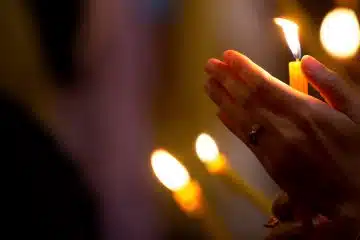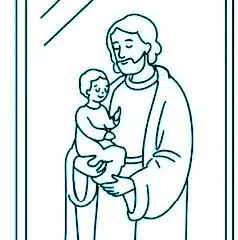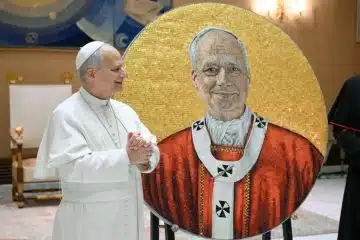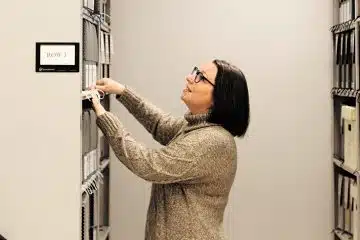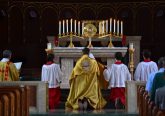7 things you need to know about St. Faustina and her vision of Hell
Denver Newsroom, Apr 24, 2022 / 12:00 pm
While Catholics around the world are familiar with St. Faustina Kowalska and her connection to Divine Mercy, many may not know about the way in which Jesus talked to her about her calling, Hell, and her mission to proclaim the mercy of God. Here are seven important facts to know about this popular saint:
1. Her given name was Helena. St. Maria Faustina Kowalska of the Blessed Sacrament was born in Poland as Helena Kowalska on Aug. 25, 1905. She died on Oct. 5, 1938, after being chosen by Jesus and Mary to become the unlikely apostle of the Divine Mercy. She was canonized by Pope John Paul II on April 30, 2000. Her feast day is Oct. 5.
2. She didn’t plan to become a nun. Young Helena had no intention of entering religious life, but at age 19, while attending a dance with her sister Natalia in Lodz, she had a vision of a suffering Jesus, who asked her, “How long shall I put up with you and how long will you keep putting Me off?” After praying at the Cathedral she departed for Warsaw, where she joined the Congregation of the Sisters of Our Lady of Mercy. On April 30, 1926, at the age of 20, she was clothed in the habit and received her religious name.
3. Jesus described to her how his Divine Mercy image should look. Faustina wrote that on the night of Sunday, Feb. 22, 1931, while she was in her cell in Plock, Poland, after partially recovering from tuberculosis, Jesus appeared wearing a white garment with red and pale rays emanating from his heart. According to her diary, Jesus told her to “Paint an image according to the pattern you see, with the signature: ‘Jesus, I trust in You’ [in Polish: “Jezu, ufam Tobie.”] I desire that this image be venerated, first in your chapel, and then throughout the world. I promise that the soul that will venerate this image will not perish.”
4. She saw a vision of Hell. In October 1936, during an eight-day retreat, she was led by an angel to what she called the “chasms of hell,” which she described in her diary as a place of “great torture” and “fire that will penetrate the soul without destroying it — a terrible suffering.” This hell was filled with darkness, and, despite that darkness, “the devils and the souls of the damned see each other and all the evil, both of others and their own.”
5. She was shown different levels of Hell. According to Paul Kengor, a professor of political science at Grove City College and a National Catholic Register contributor, Faustina “observed Dante-like sections of hell reserved for specific agonies earned in this fallen world.” “There are caverns and pits of torture where one form of agony differs from another,” Faustina recorded in her diary. “There are special tortures destined for particular souls. These are the torments of the senses. Each soul undergoes terrible and indescribable sufferings related to the manner in which it has sinned.”
6. Most of the damned hadn’t believed in Hell. Faustina said that what she was sharing was merely “a pale shadow of the things I saw. But I noticed one thing: that most of the souls there are those who disbelieved that there is a hell.” She testified in her diary: “I, Sister Faustina Kowalska, by the order of God, have visited the abysses of hell so that I might tell souls about it and testify to its existence.”
7. Her vision was meant to save souls. Kengor says that, “scary as they are, (these visions) also echo a positive urgency to mercy. Through these visions and their messengers, the divine is giving us yet another chance. We’re being warned to get ourselves in order, to stop sinning and to seek conversion and redemption, before it’s too late.”
This article was originally published on CNA on Oct 5, 2021.



